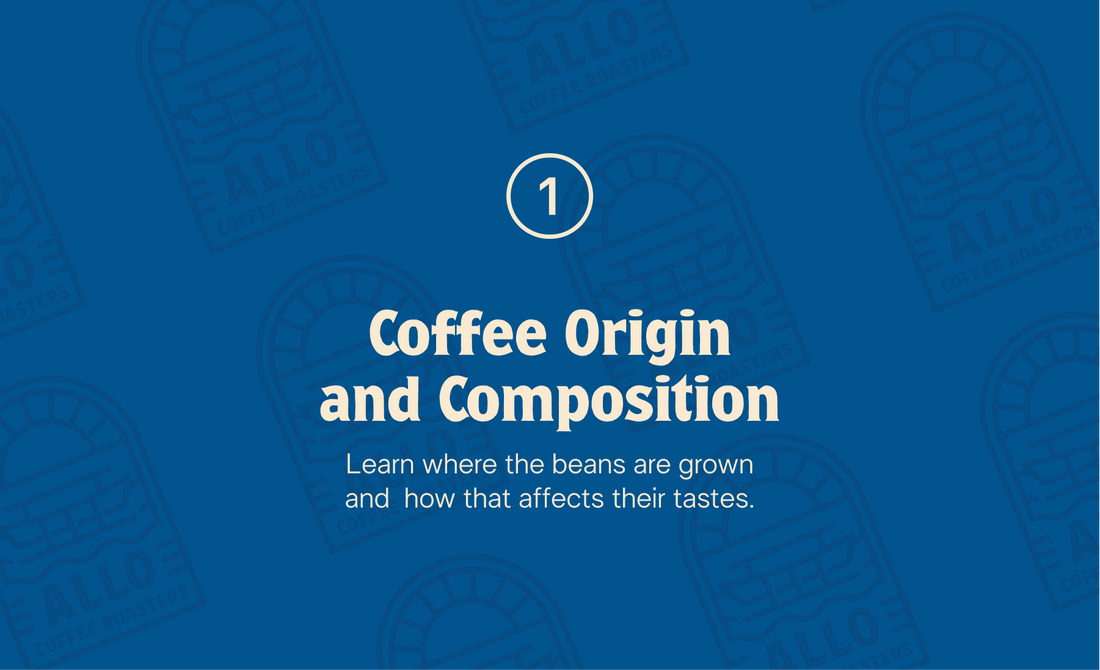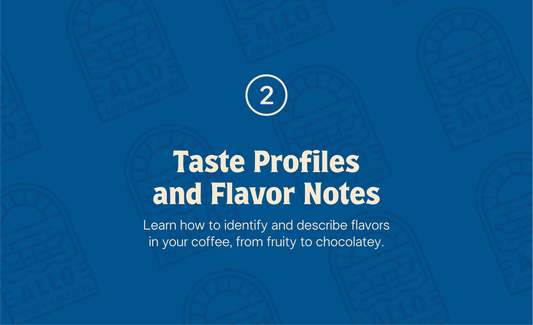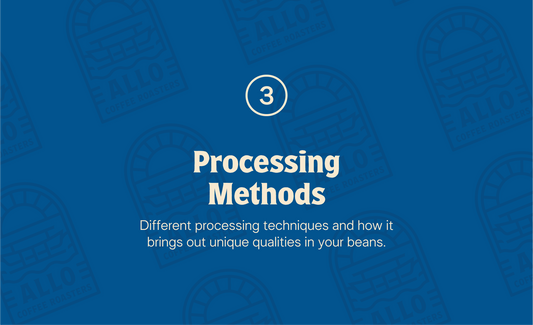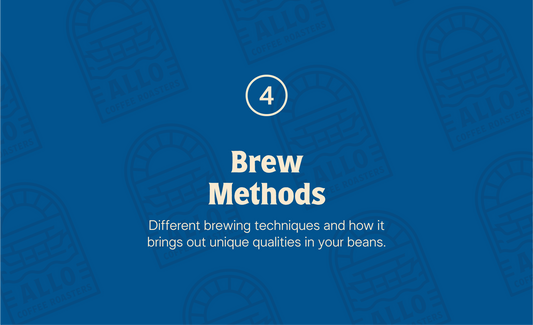Origin? Composition? What is this, classical music? Fret not, we got you.
Origin
Origin basically means where it came from. This is why you'll see that coffee roasters usually categorize beans locally or internationally. For Local Beans, most coffee in the Philippines is grown in regions like Benguet, Mt. Apo, and Bukidnon. Notice something? That's right, they're all way high up there. Coffee grows best at high altitudes (ideally around 1,000 meters and above). The cooler temperatures slow the cherry's ripening process, which gives the beans more time to develop complex flavors. The result? A cleaner, brighter cup with more distinct tasting notes.
As for International Beans, these are mainly beans grown in top-producing regions like Ethiopia, Colombia, or Brazil, each with its own unique taste profile thanks to differences in climate, elevation, and soil. Generally, each region produces more of these beans:
Ethiopia – Floral, fruity, tea-like
Colombia – Balanced, caramel, citrus
Kenya – Bright, juicy, berry-forward
Brazil – Chocolatey, nutty, low acidity
Philippines – Earthy, nutty, chocolate-forward with warm spice
But if coffee likes the cold, why is it mostly grown in hot countries? Simple. Coffee grows best in what's called the "Coffee Belt," a band that circles the globe along the equator. These regions have the warm days, rainy seasons, and elevation needed to grow coffee well, from the Philippines to Ethiopia to Colombia. It’s tropical weather with cool mountain air. But please know that it's not just those five countries that make coffee, even China grows their own coffee. All you need are high-elevation regions with the right climate. So if you have a mountain in your background with just the right things, even you can grow your own beans (this needs to be fact-checked).
Composition
Now, composition. You'll usually see Single Origin and Blends, and they mean just that.
Single Origin coffee comes from one place, usually one farm, region, or cooperative. These beans are known for their distinct, traceable flavor notes that reflect the unique climate and soil of where they were grown. If you're after a specific taste experience or want to explore a region’s character, single origin is the way to go.
Blends, on the other hand, mix beans from different origins. The goal is to balance flavors, enhance body, or create something consistently crowd-pleasing. Most cafés use blends for espresso since they offer a more rounded, forgiving profile. But why? Can't Single Origin beans give off more forgiving profiles too?
Some can, but single origin beans tend to be more nuanced and sensitive to brew method, grind size, and even water temperature. That means they can shine when brewed just right, but they’re also easier to mess up. Blends are often designed with consistency in mind, so they’re more adaptable, especially for high-volume or fast-paced setups like cafés. Which is why our go-to is the First Tide Blend (shoutout to us). It's a good blend of chocolate and cherry-like finish, that's why we describe it like Black Forest Cake. It's well-balanced.
Blends are like Adobo
Blends are more of our own unique recipe to bring out the flavors that we want. Think of it like adobo if it only had soy sauce. Adding black peppercorns, onions, ginger, and garlic add complexity to the taste. It smells different, feels different. So while sometimes you just want pure soy sauce, sometimes you want a whole soup too.
Allo, Out!
Wow, we really hope this helped. If it didn't, feel free to chat us. We do our best to make specialty coffee fun, accessible, and less scary for everyone, so it matters to us if what we say or do doesn't align with our mission. If we got anything wrong, we'd also appreciate it if you reached out to us about it. So, yeah. Thanks for reading, and we hope you know now what Coffee Origins and Compositions are!




